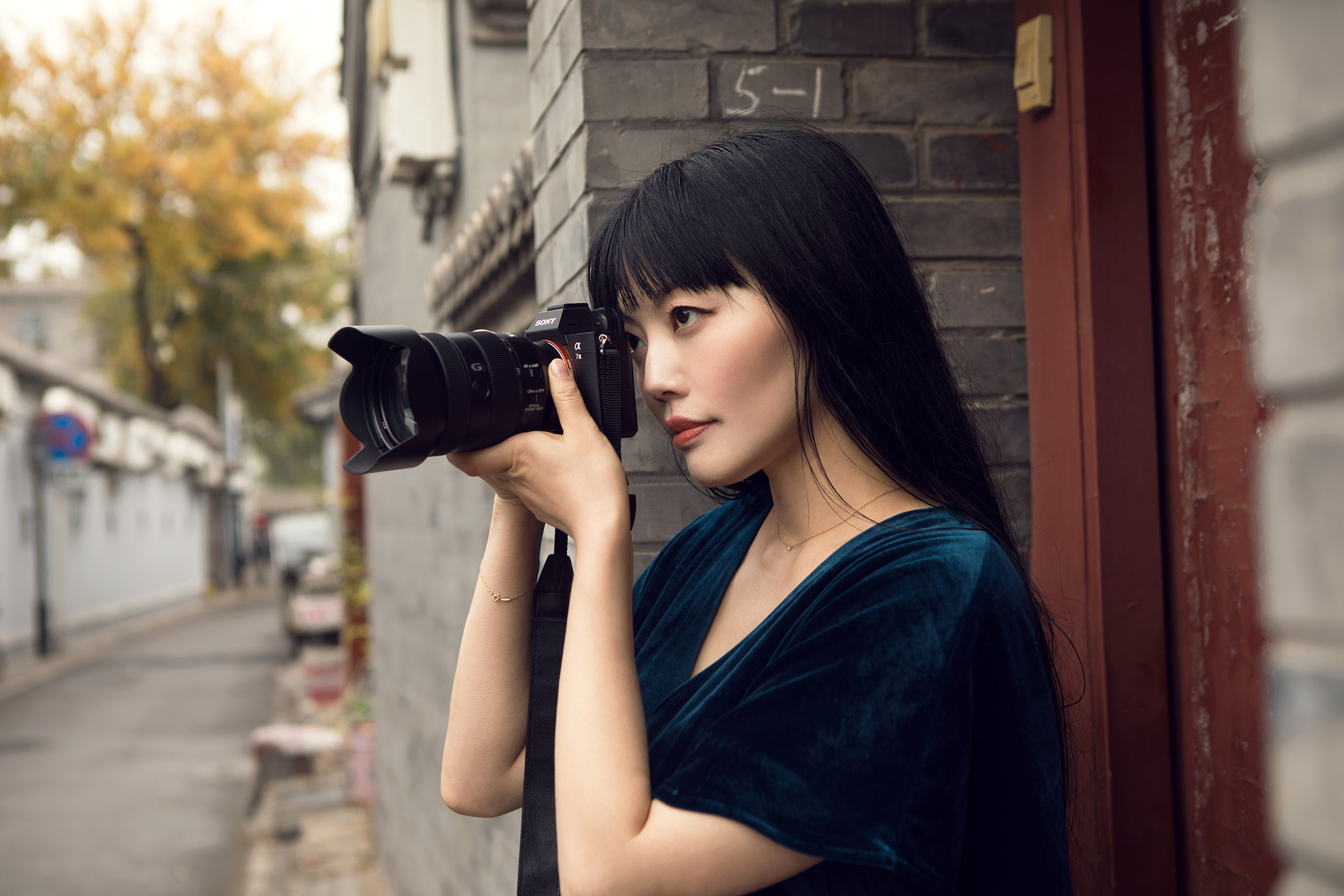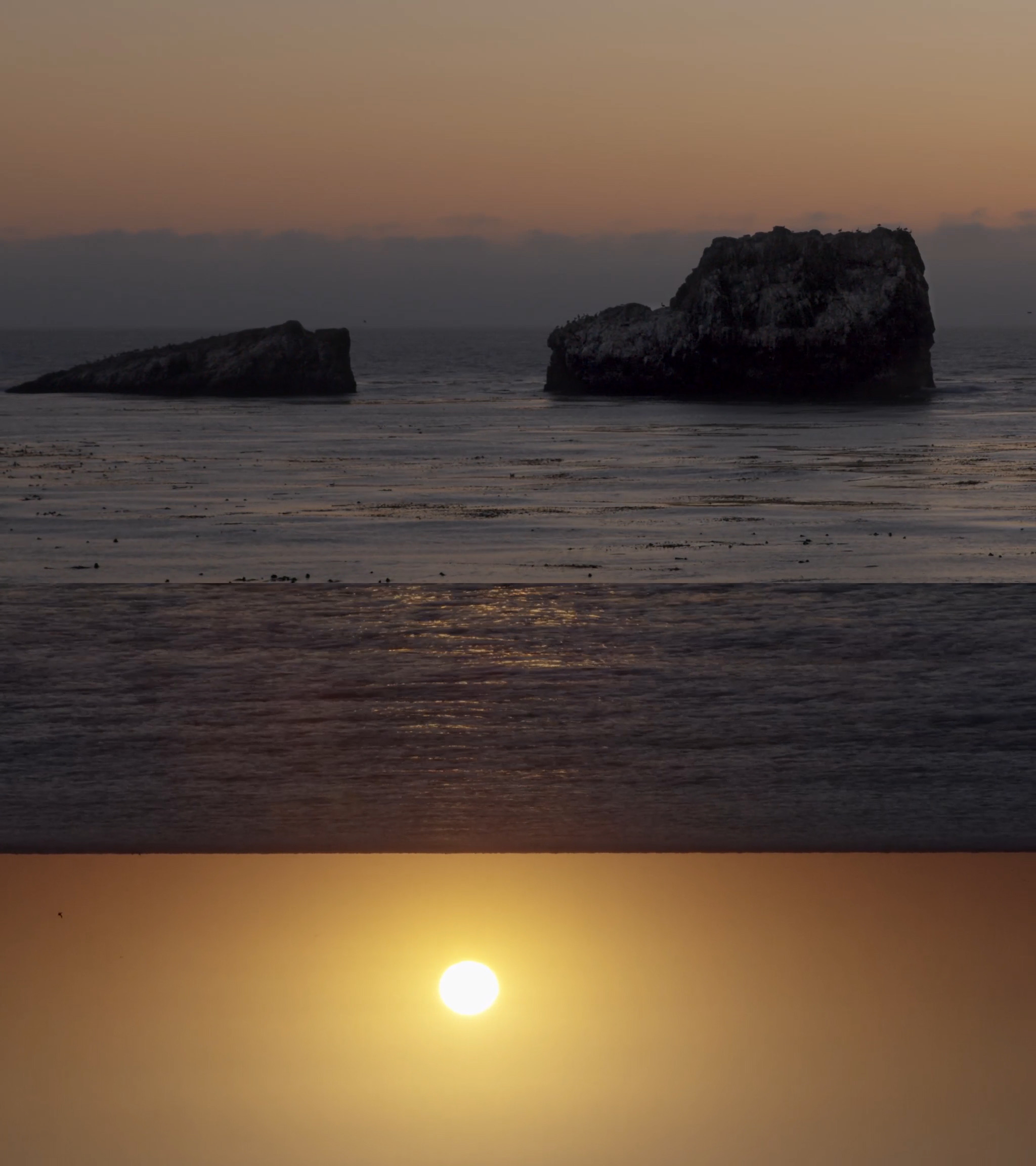 By Colter Ruland
By Colter Ruland
COVID-19 is predominating our thoughts and lives. As we continue to see ourselves observe social distancing, self-isolation, and quarantine, we are online and with ourselves now more than ever. All of us are trying to cope. So, as a coping mechanism, I wanted to hear from artists to understand what it means to create in a time such as this. This is the first blog post in a series hearing from artists of various disciplines react to COVID-19 and share their visions of art as a vehicle of shared human experience.
Yuge Zhou is a Chicago-based artist, whose work is a spellbinding examination of how people unconsciously behave and coalesce in their environments. Zhou collages video footage in ways so intricate, voyeuristic, and intimate, that she bends reality into multiple lenses. I could think of no better person to begin a conversation about what it means to live as an individual in a community.
The COVID-19 outbreak is on everyone’s minds. What role do you think you have as an artist when everyone seems to be panicking about events beyond our control?
Yuge Zhou: As artists, we share the same responsibilities as every citizen in the world. But we can be more attuned to the residual issues surrounding the outbreak, such as fear, isolation, anxiety, and the need to find a scapegoat. Artists can create vehicles for public discussion and outlets for the expression of collective emotions. Because our work can depict a world beyond the present reality, it can help people come to an understanding of the crisis and give a measure of hope.
 Has the outbreak presented any specific challenges for you and your work? If so, what are they and what can be done to create art in a time such as this?
Has the outbreak presented any specific challenges for you and your work? If so, what are they and what can be done to create art in a time such as this?
YZ: A major challenge for me during this outbreak is the logistics of travel, as most of my projects require managing a crew and filming on locations. For example, the current project I’m working on is a two-part video series entitled “when the East of the day meets the West of the night”. I filmed the first part last fall on two sides of the Pacific Ocean, on the coastlines near my hometown Beijing and in California. The second part was scheduled to be filmed in Denver in early April and Tibet in May, which is now uncertain due to travel restrictions. I’m keeping a flexible approach to the traveling issue and responding to the current challenges by adding a different form of communication to this project. I’m starting a daily postcard exchange with my mother (who resides in Beijing and is currently under quarantine). These postcards will be a tangible addition to the intangible nature of the digital project and will be installed in the exhibition space alongside the videos.
A lot of my artist friends have taken upon themselves to create online exhibition spaces, apps, and programs so people can enjoy art virtually. With everything becoming globalized, including the virus, apparently, it seems inevitable that we will be conducting more and more business via the internet. I’m interested to see how people motivated by this crisis will turn the online space into a more creative and inclusive environment.
During times of national emergency, some might wonder about the relevancy of art in their lives. What do you think that role should be?
YZ: I think that art has always been an important force to push society, political leaders, economic engines, and culture forward and interrogate their direction. Or at least, provide people with mental escape. Some artists are doing that by responding to current issues. Others are producing work outside of the present time—existential or universal gestures that transcend or connect our time with the past, future, or imagined realities. Art is always situated within a particular context (in this case, COVID-19) and artists are too. While we are currently consumed with this problem, it will pass, but how humanity responds to a crisis has universal significance and art is part of that response.
For more, visit her website here and be sure to follow her on Instagram @yugezhou
See an excerpt video of her work “Underground Circuit” below, and feel free to leave a comment as well.
